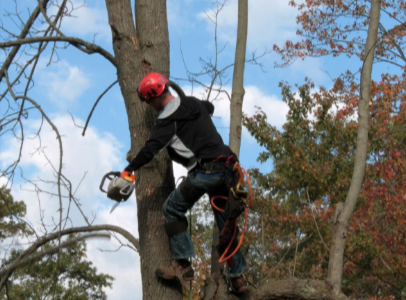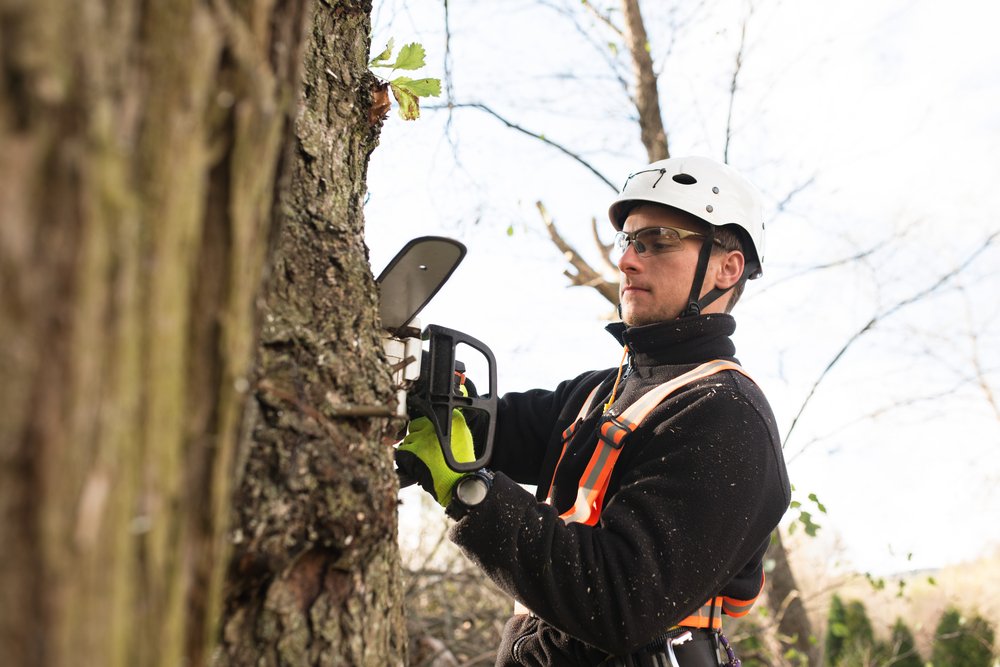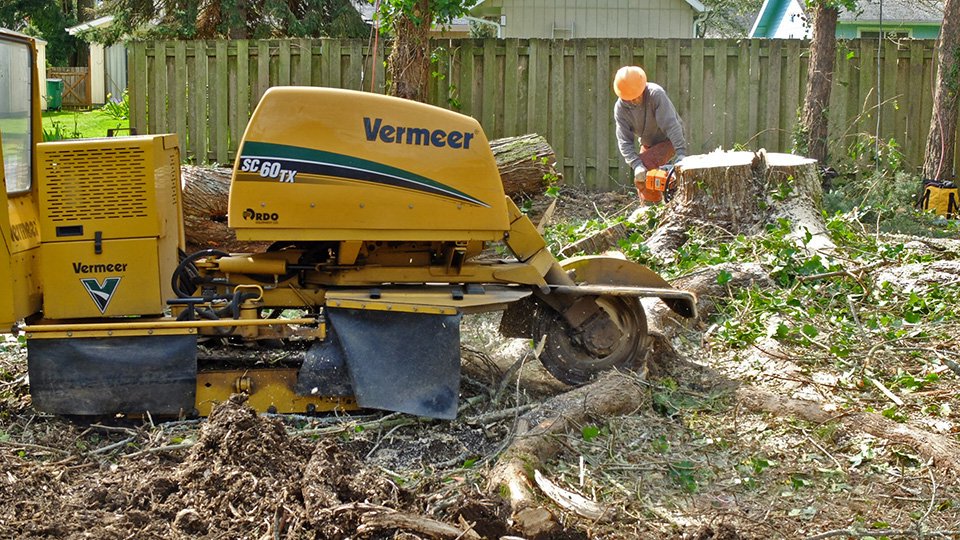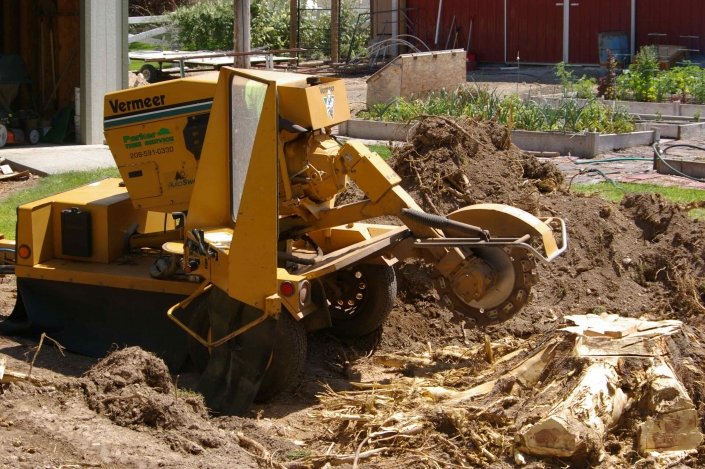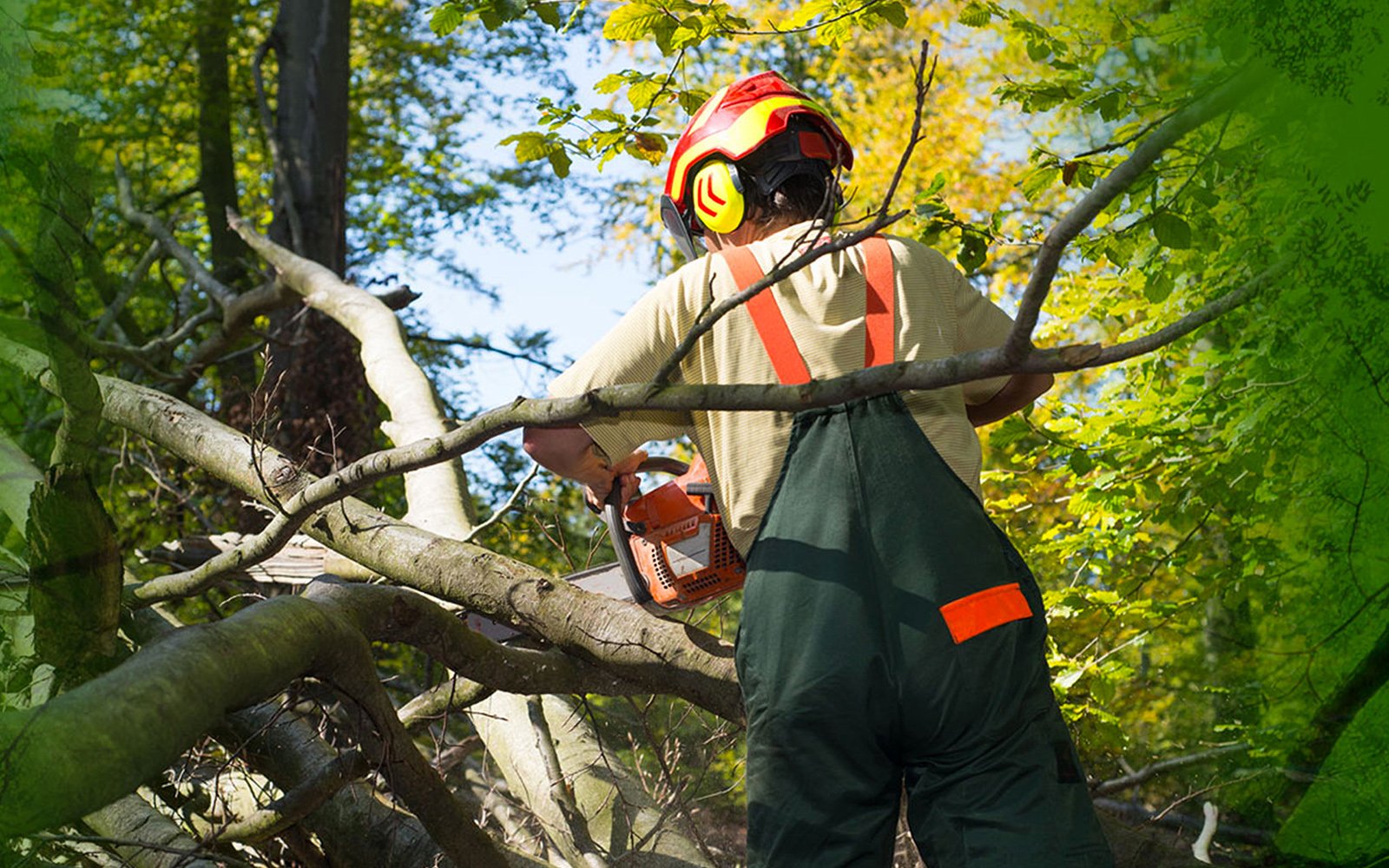[ad_1]
Whether you are a homeowner who has a tree on your property or a business owner who needs to deal with a dead tree, you should know that there are steps you can take to ensure you get the best tree service for the job. You can start by ensuring that you have a clear understanding of what you can expect from a professional tree service.
Qualifications for a professional arborist
Those interested in a career as a professional arborist should have a good knowledge of plant biology, botany, and the tree anatomy. They also need to know how to work with heavy machinery and understand how to safely use pesticides and other pest control methods.
In addition, arborists must also learn about poisonous plants and wildlife. They must also know how to safely work around power lines and other hazardous situations. They must also learn safety measures when climbing trees and working with power tools.
Those who want to become arborists should obtain at least a bachelor’s degree. They should also acquire at least three years of experience in the field. Some of these experiences can come from internships, on-the-job training, or formal education.
The International Society of Arboriculture (ISA) offers six certifications. These certifications are designed to help you specialize and better your chances of advancement. Depending on your career path, you may need to take additional courses.
Hazards of power tools and chemicals
Using power tools and chemicals of any kind in a workplace setting entails a level of risk, and that risk isn’t all that low. With that in mind, there are a few best practices that should be followed. Using the right tools is only the beginning. Taking the time to plan out a work schedule and ensuring that your employees are properly trained and certified to do their jobs is a great way to make sure that you and your employees are both protected.
One of the best ways to prevent accidents is to make sure that your employees are properly dressed. Not only will this help prevent accidents, but it will also prevent them from becoming entangled in the moving parts of your equipment. The best way to ensure this is to make sure that you provide your employees with well-fitted work pants and shirts. If you are working in an area that has a high degree of moisture, be sure to invest in some form of fireproof fluid.
Common techniques used by arborists to ascend into the tree
Using rope and other techniques, arborists ascend into the tree to perform a variety of tasks. They may work with large trees or complex ones. They may be in charge of tree maintenance, transplanting, or tree care for different ecological communities. They may also be a legal witness, write reports, or prevent pests.
The arborist has to choose the best route for the job. He must prepare the area around the tree and prepare the path for hauling tree pieces. They must also check the integrity of the branch and use safety gear before climbing.
Arborists may climb trees using ropes, spurs, or chains. They may also use cranes or other climbing equipment. In addition to climbing, they may use ropes or slings to lower equipment.
In the 1930s, ladders were commonly used for climbing. However, boatswain’s chairs were still not common. In the 1970s, arborists began using a more advanced technique to ascend into the tree.
Paying for a tree service
Getting a tree service is a great way to keep your trees healthy. However, it’s important to make sure you’re hiring a professional. This will ensure the safety of your home and property.
Choosing a tree care company requires a lot of research. You’ll need to consider the company’s reputation, its work ethic, and their insurance policy. You may also want to read customer reviews to determine whether they are reliable.
The cost of a tree service varies depending on the type of service you need. Some projects require large equipment and machinery. Those projects also require a lot of time. Therefore, the price will be higher. Moreover, a tree service company that specializes in artisanal tree cutting will charge more.
Before you hire a tree service, you’ll want to know if they are insured. If they aren’t, they could leave you liable for the damages they cause. You’ll also want to check to see if they have a good rating on the Better Business Bureau.
